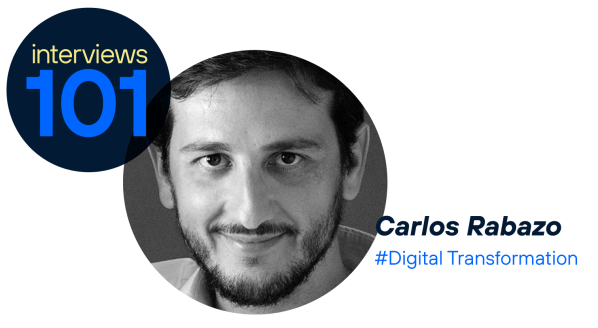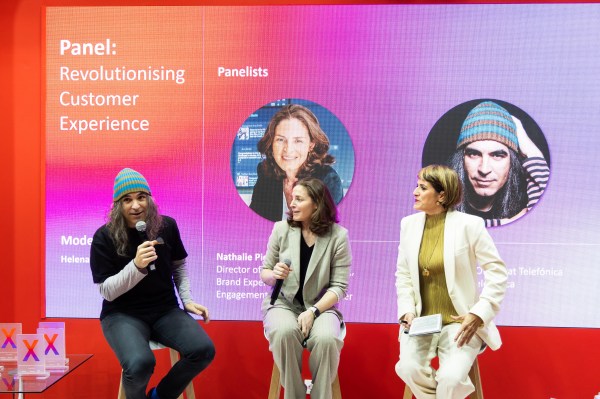What is an elevator pitch
In the world of entrepreneurship, the elevator pitch is a short speech, lasting between 30 seconds and two minutes, with which entrepreneurs have to try to convince investors of the advantages of participating in the startup they are planning. is being presented.
We must start from the basis that just because it is a presentation with limited and limited time, it does not have to be done in an accelerated or haphazard manner.
On the contrary, we should consider it as a brief cover letter in which we clearly reinforce the following four key points:
- Who are you. Value your previous professional experience which, to the extent possible, will be more convincing to achieve the final objective of the exhibition if it is linked to the product, service or project to be presented.
- What is the idea. Precisely present the project, product or service that we talked about previously, with the premises of knowing which audience it will be aimed at and what market needs it will try to satisfy.
- Difference with the competition. The best way to capture attention is to make it clear what the incentive of the project is and what are the reasons why it makes sense to invest in it and not in others that may be similar. That is, highlight the value proposition. For example, a good social media strategy can be a differentiating element.
- How to develop the project. Even if we could find ourselves faced with a brilliant idea, if the possibility of making it profitable does not exist (or is not visible) it is difficult to think that anyone would want to invest in it.
Keys to do it with guarantees
With the premise that we have already mentioned previously that we have a very marked and not particularly long period of time, we must have in mind the idea of making a direct, brief and forceful presentation.
Below, we present a series of tips to help develop the elevator pitch with guarantees:
- Prepare a script with essential and succinct information both about yourself (as we have seen in the previous section) and about the idea, what makes it different and the proposal for its development. In this phase it is also interesting to have answers to possible questions that potential investors may ask later.
- As with any other presentation, rehearse the speech as many times as necessary to feel comfortable with it when presenting it to investors. To polish it, we can test our environment with the aim of detecting possibilities for improvement; or even record ourselves and listen to ourselves to locate those weak points that can be corrected.
- The image that is transmitted is important, from a purely aesthetic perspective (such as clothing, etc.) to intonation and gestures. Both in this situation and when preparing the text, it may be of interest to study the audience and know their preferences and try, whenever possible and not excessively forced, to guide the speech in some way.
- As it is a brief presentation, do not waste seconds giving unnecessary information or information that is not strictly essential. Providing superfluous data has a negative impact for two reasons: it disperses the interest of investors and also eliminates time in which to add relevant information.
- Try to generate interest in potential investors by awakening their curiosity about the virtues of the project. Towards the end of the presentation, making a direct allusion to those being questioned or even a specific and directed question can be a good way to also attract the attention of the audience.
Conclusion
Therefore, being clear about the key points that must be presented in the elevator pitch (introduce yourself, explain what the idea is, explain what can differentiate it from the competition and analyze how to develop it) and know how to structure that speech can be differential issues. to help us get our idea the investment we need to carry it out.








